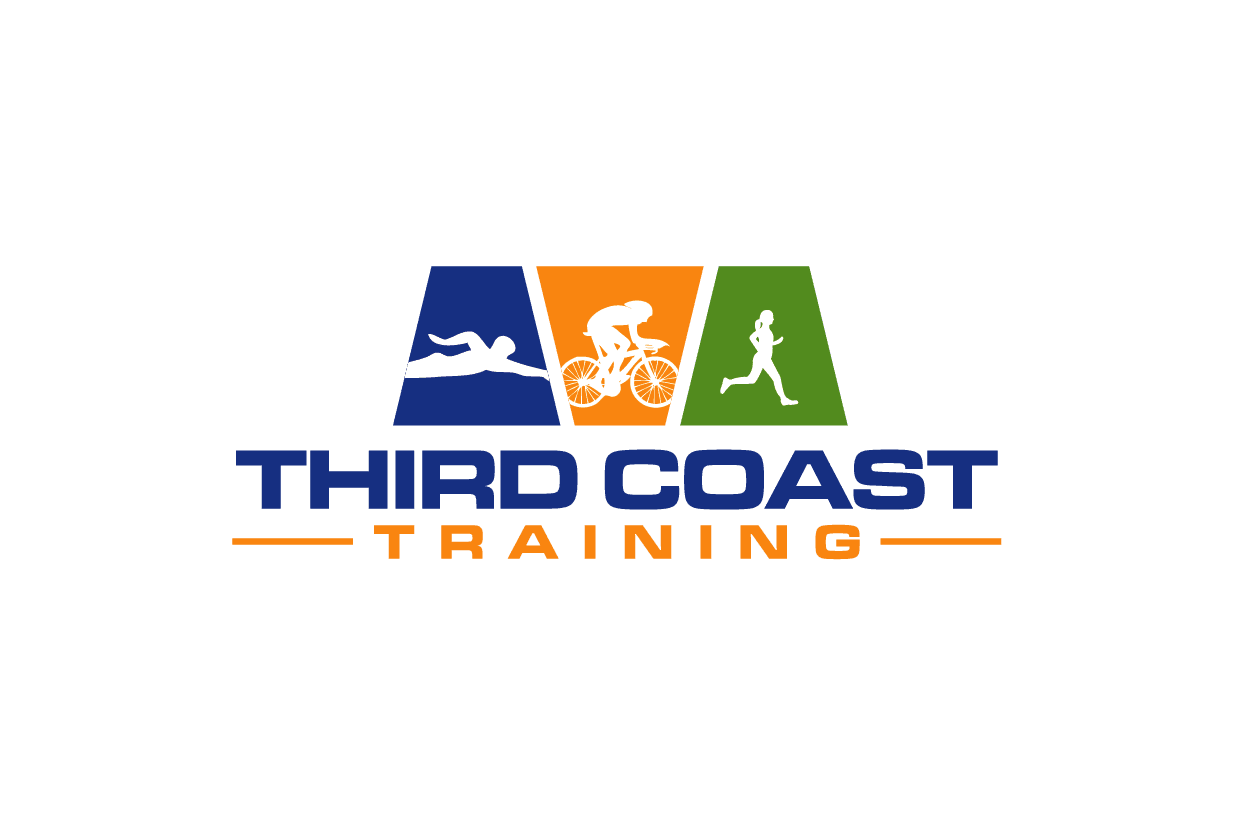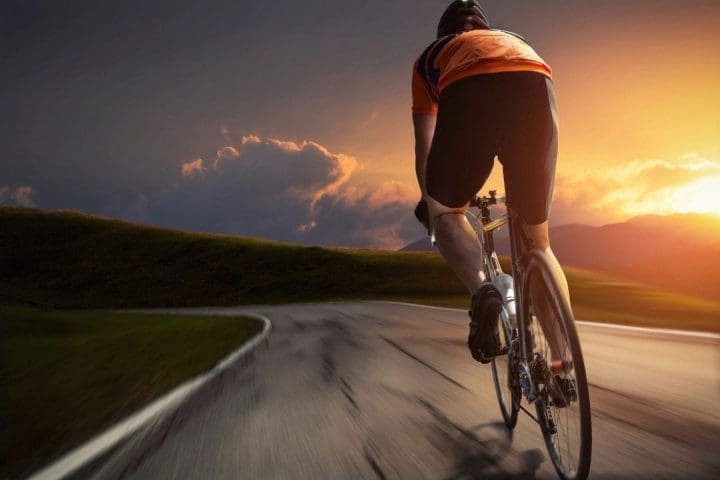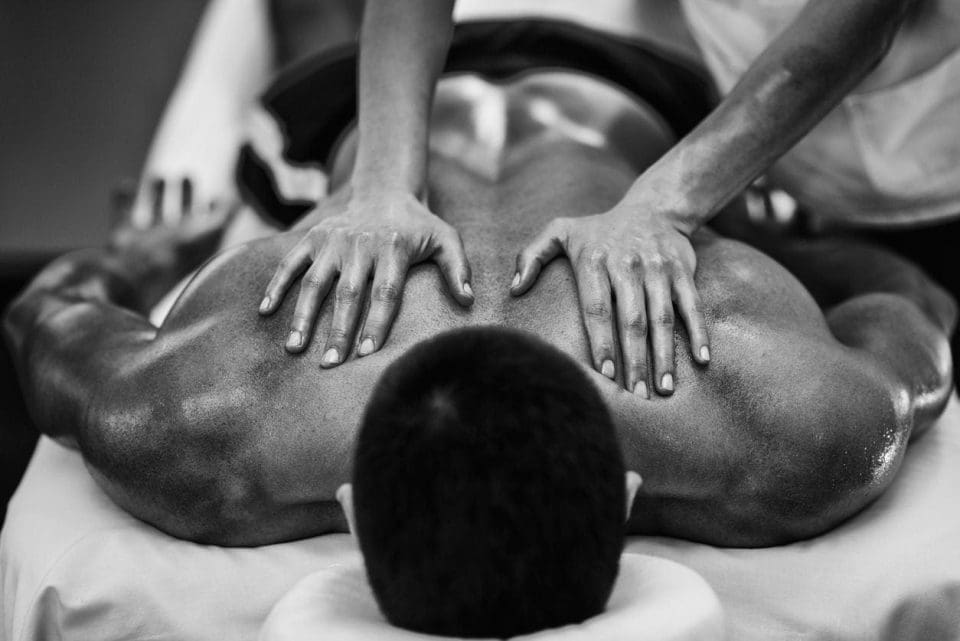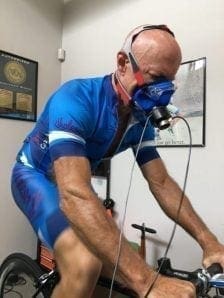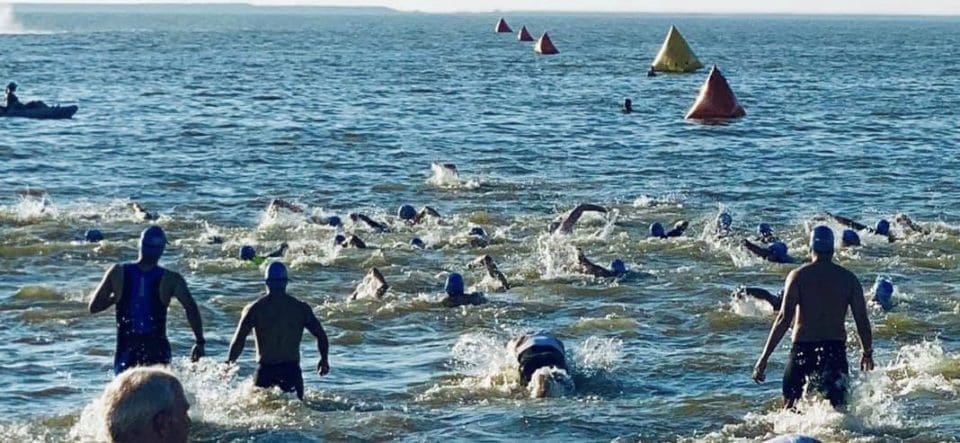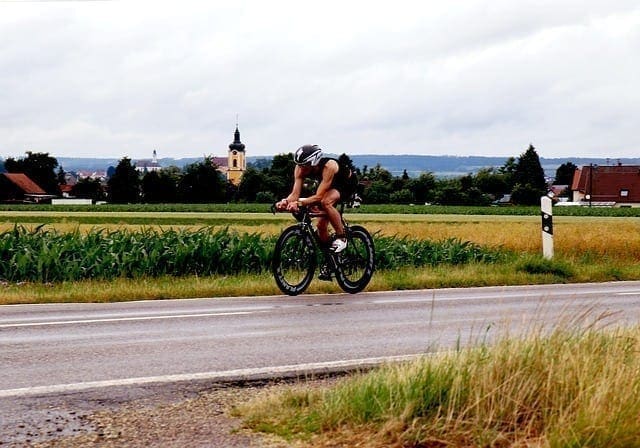
Triathlon Bike Gearing 101 for the Flats and Hills
March 27, 2018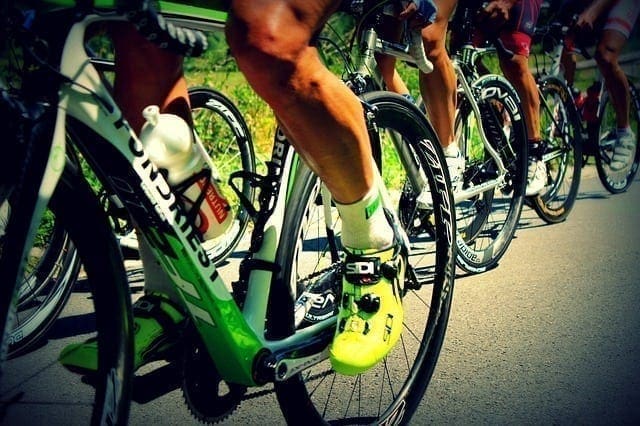
Benchmark Testing – Improving Your Performance
April 13, 2018Belly Breathing Like Buddha – How Belly Breathing Can Transform Your Cycling
The importance of belly breathing is often overlooked by cyclists, but this one small detail can have a huge effect on your performance
Many centuries ago, Gautama Buddha set out on a quest for inner peace and release from suffering, leading him to develop a meditation practice centered on the breath. He noticed that breathing simply happens: our bodies don’t need to encourage the breath or try to breathe in order to do it. With a determined focus on the natural rise and fall of the belly with each breath, belly breathing, the Buddha attained enlightenment.
Can better breathing release cyclists from suffering up 10% gradients or the otherworldly pain of hanging in the breakaway? Can it deliver an enlightened ride in a critical time trial? While we have yet to discover a method for dispelling suffering on the bike, we can assure you that with consistency and mindfulness of proper breathing techniques you will learn to suffer better and drastically improve your performance.
The rise and fall of the belly
Belly breathing has a long lineage going from the aforementioned Buddha to Boonen and Cancellara. Fabian Cancellara’s win in 2014 at the Tour of Flanders brought him criticism from spectators who mistakenly observed that his rounded belly, so evident in the last 10km of the race, meant he had arrived out of shape. A closer look at the footage tells the real story: Cancellara was taking full advantage of his capacity for breath to maximize his effort and stave off fatigue.
When we breathe into the belly, we aren’t actually doing that at all. Instead, it’s the diaphragm we’re referring to which is a large and thin muscle supporting the lungs and other organs. Watch a child breathe and you will see a slight rise and fall of the belly whereas adults, hindered by aesthetic choices such as keeping their stomachs taught to appear trim, will often breathe from the chest. A breath from the chest recruits very little of the diaphragm and thereby creates a shallow breath. Less recruitment of the diaphragm weakens it over time and athletic performance suffers as a result.
During cycling, our bodies require large amounts of oxygen to pass on to oxygen-deprived blood. This blood in turn recirculates into the muscles and keeps lactic acid from overwhelming them and tiring them out (a state referred to as lactic threshold which you may have experienced as leg cramping). Shallow breathing from the chest forces the body to cross into the anaerobic zone (efforts made sans oxygen), a zone ideally reached only at the pinnacle of an effort such as a sprint.
Poor breathing techniques result in some of these common issues plaguing cyclists:
- early fatigue
- burning lungs
- less power
- sore legs
In order to deliver satisfactory quantities of oxygen to the muscles, a lung-filling breath using the power of the diaphragm is necessary.
How to maximize the breath
Think of the time you were grinding up your local Hors Category climb: Your sweat-stung eyes focused squarely on your front tire rather than up the road and breathing became a ragged, shallow and inefficient labor. With the mind skipping from one thought to the next to distract from the difficulty, what awareness was left to unify your legs and lungs?
Without a specific awareness of how to breathe in moments of calm, there is no chance of discovering it in moments of distress. The key to learning to breathe on the bike is practicing it off the bike first:
- Find a comfortable place to sit with good posture. Sit strongly as you would on the bike but maintain a sense of relaxation as well, especially in the shoulders.
- Rest one hand just above the belly button but slightly below the rib cage. Keep your eyes open, staring just a few feet ahead but without fixing on any one thing in particular.
- Now, focus on drawing a deep breath through the nose using the diaphragm. Your hand will rise as you draw in a breath from the belly/diaphragm which expands past the chest. Completely exhale through the mouth without pushing (exhaling completely is very important for keeping lactic acid at bay).
- After repeating these deep breaths for a minute, close the eyes and allow the breathing to return to normal while employing the diaphragm.
- Take a moment to notice the rise and fall of the hand on the belly. Begin counting to ten with each inhalation and exhalation (one in, two out, three in, four out). When you reach ten, start again at one. If you become distracted and lose count, simply realize this and start again from the number you left off on. Continue for 5 minutes, keeping focused on the rise and fall of the breath in this way.
This practice can also be done while lying in bed with the added bonus of being quite relaxing. Integrating this practice onto the bike has several benefits to the rider:
- Deeper focus during concentrated efforts like time trials, intervals, and sprints
- Higher pain tolerance – when the going gets tough, remember your breathing and focus squarely on the air coming in through the nose, the diaphragm expanding, and air out through the mouth
- Increased aerobic threshold meaning greater endurance, more power, and increased muscular efficiency
As with any practice, increasing your breathing capacity takes time, concentration, and effort. Pro cyclists all breathe in this way for a reason – and now that you know it you’ll be sure to notice all of the expanding and contracting bellies next time you’re watching the Tour de France.

